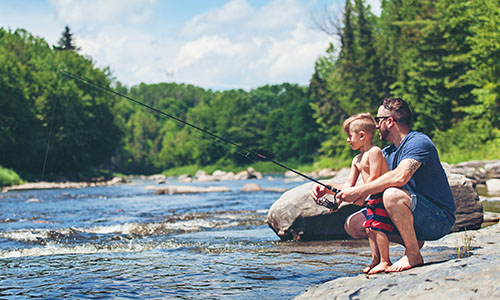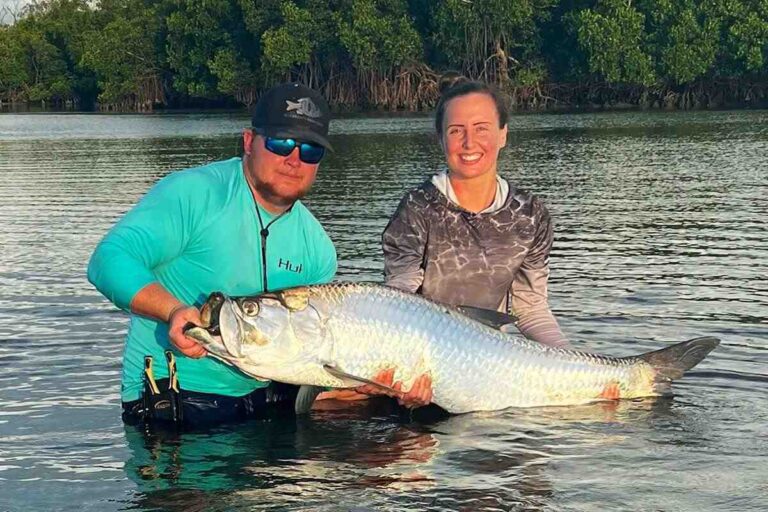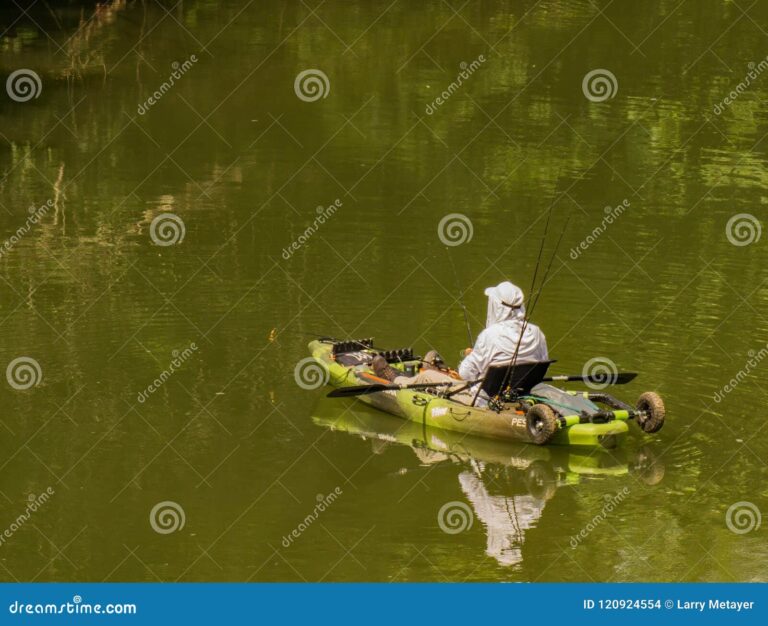Common Carp: Discover How to Identify And Tips to Catch Successfully
Common carp are one of the most widespread fish in the world. They are known for their adaptability and resilience.
Common carp can be found in various water bodies, from ponds to large lakes. They are a favorite among anglers due to their size and strength. But identifying and catching them can be tricky. Understanding their habits and habitats is crucial.
This blog post will guide you through the basics of identifying common carp. We’ll also share some useful tips to help you catch them. Whether you’re a beginner or a seasoned angler, these insights will enhance your fishing experience. So, let’s dive into the fascinating world of common carp and discover the secrets of successful carp fishing.
Introduction To Common Carp
The Common Carp is a fascinating fish species. Its adaptability and resilience have made it a favorite among anglers. In this section, we will explore the basic characteristics of the Common Carp and understand its significance in the world of fishing.
Overview
The Common Carp (Cyprinus carpio) is a freshwater fish. It belongs to the Cyprinidae family. Recognizable by its large scales and elongated body, this fish can live up to 20 years or more. It thrives in various water bodies including ponds, rivers, and lakes. Carp can grow quite large, with some reaching up to 80 pounds.
| Feature | Description |
|---|---|
| Scientific Name | Cyprinus carpio |
| Family | Cyprinidae |
| Average Lifespan | 20 years |
| Habitat | Ponds, rivers, and lakes |
| Maximum Weight | 80 pounds |
Importance In Fishing
Common Carp are highly valued in recreational fishing. They are known for their strong fight when hooked, making them a thrilling catch for anglers. Due to their popularity, many fishing competitions feature carp as a target species. Besides being a sporting fish, carp also play a role in ecosystem balance. They help control aquatic plant growth and serve as prey for larger predators.
- Exciting to catch due to their strong fight
- Featured in many fishing competitions
- Help maintain ecosystem balance
Understanding the importance of Common Carp in fishing can enhance your fishing experience. Whether you are a seasoned angler or a beginner, catching a carp can be a rewarding challenge. Keep reading to learn tips and techniques for catching these remarkable fish.
Physical Characteristics
The Common Carp is a fascinating fish species with unique physical traits. Understanding these characteristics can help in identifying and catching them. Let’s dive into the distinct features of the Common Carp.
Size And Weight
Common Carp can grow quite large. They typically reach lengths of 12 to 24 inches. Some can even grow up to 40 inches. Their weight ranges from 5 to 15 pounds. In some cases, they can weigh over 30 pounds.
Body Shape
The body of a Common Carp is robust and elongated. They have a broad head and a downward-facing mouth. Their bodies are covered with large, thick scales. The dorsal fin is long, stretching along their back.
Color Patterns
Common Carp display a variety of colors. Most have a golden-brown hue. Their bellies are usually lighter, often a yellowish-white. Some may have darker shades on their backs. The scales often have a metallic shine.
Habitat And Distribution
Understanding the habitat and distribution of Common Carp is crucial for any angler. Knowing where to find these fish increases your chances of a successful catch. Let’s dive into their natural habitats, geographic range, and preferred water conditions.
Natural Habitats
Common Carp thrive in freshwater environments. They are often found in lakes, rivers, ponds, and reservoirs. These fish prefer areas with plentiful vegetation. This provides both food and shelter. Shallow waters with a soft bottom are ideal habitats.
Geographic Range
The geographic range of Common Carp is extensive. Originally native to Europe and Asia, they have spread globally. They are now found in North America, Africa, and Australia. Their adaptability allows them to thrive in diverse regions.
Preferred Water Conditions
Water conditions are vital for the wellbeing of Common Carp. They prefer waters with temperatures between 20°C to 25°C. They can tolerate a wide range of water conditions. However, they flourish in moderately turbid waters. They thrive in waters with a pH level between 6.5 and 9.0.
It’s important to consider these factors when fishing for Common Carp. Understanding their habitat and distribution will help you locate them more easily.

Credit: www.youtube.com
Behavior And Diet
The common carp is a fascinating fish, known for its unique behavior and diet. Understanding these aspects can help you identify and catch them more effectively. Let’s dive into their feeding habits, seasonal behavior, and breeding patterns.
Feeding Habits
Common carp are omnivorous. They eat both plants and animals. Their diet includes aquatic plants, insects, crustaceans, and small fish. Carp are bottom feeders. They often root around in the sediment to find food. This behavior makes them easier to spot. Look for muddy water where carp might be feeding.
Seasonal Behavior
Carp behavior changes with the seasons. In spring, they become more active and start feeding more. Warmer water increases their metabolism. Summer sees peak activity. Carp often feed early in the morning and late in the evening. During winter, carp become sluggish. They reduce their feeding and stay in deeper waters.
Breeding Patterns
Common carp breed in late spring or early summer. Water temperature plays a crucial role. Ideal breeding temperature is between 17-25°C (63-77°F). Female carp lay thousands of eggs. These eggs stick to aquatic plants or other substrates. Males fertilize the eggs externally. Young carp, or fry, hatch within a week. They stay in shallow waters until they grow bigger.
Identifying Common Carp
Identifying Common Carp is essential for any angler. Recognizing this species helps you understand your catch. This section will guide you through the key features and comparison with similar species.
Key Features
Common Carp have a robust, deep body. Their scales are large and reflective. The color ranges from bronze to olive green. They have a pair of barbels on each side of the upper jaw. The dorsal fin is long with a serrated spine. The tail fin is forked and usually dark. Their mouth is downturned, ideal for bottom feeding.
Comparison With Similar Species
Common Carp are often confused with Grass Carp. Grass Carp have a more slender body. They lack barbels and have a more pointed head. Mirror Carp is another close relative. Mirror Carp have irregular, large scales. These scales are scattered, not uniform like Common Carp.
Understanding these differences ensures accurate identification. Recognize the unique features of Common Carp. This knowledge enhances your fishing experience.
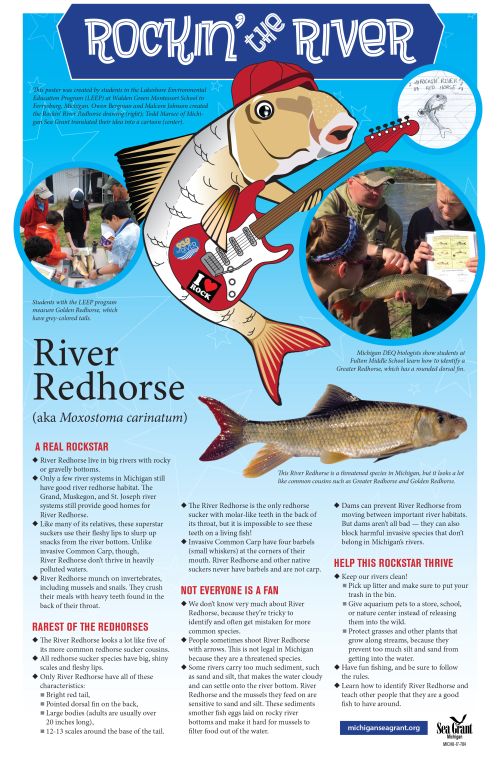
Credit: www.canr.msu.edu
Essential Gear For Carp Fishing
When it comes to carp fishing, having the right gear is crucial. Using the correct equipment helps you catch more fish and makes your experience enjoyable. Let’s dive into the essential gear you need for carp fishing.
Rods And Reels
A good rod is the backbone of carp fishing. Choose a rod with a test curve between 2.75 and 3.5 pounds. This range suits most carp fishing situations. The rod should be around 12 feet long. It gives you a good balance of casting distance and control.
Pair your rod with a reliable reel. A baitrunner reel is a popular choice. It has a secondary drag system. This allows carp to take the bait and run without feeling resistance. Look for reels with smooth drag systems. They help you manage the fight with big carp.
Bait And Lures
Carp are omnivores. They eat a wide range of natural baits and lures. Boilies are a favorite. They come in different flavors and sizes. Sweet corn is another popular bait. It’s easy to use and carp love it.
Pellets and bread are also effective. They are readily available and affordable. When using lures, go for those that mimic the natural food sources of carp. Soft plastic lures or dough baits work well.
Fishing Line And Hooks
Use a strong fishing line for carp. A monofilament line with a breaking strain of 10 to 15 pounds is ideal. It offers good strength and flexibility. For bigger carp, you might need a line with a higher breaking strain.
Hooks are also important. Use size 6 to 8 hooks. These sizes are perfect for most carp fishing scenarios. Choose hooks that are sharp and durable. A sharp hook increases your chances of a solid hook set.
Techniques For Catching Carp
Carp fishing can be both challenging and rewarding. Mastering the right techniques can make all the difference. Here, we will explore the best fishing spots, casting strategies, and tips for landing the fish.
Best Fishing Spots
Finding the right spot is crucial. Carp often inhabit lakes, rivers, and ponds with plenty of vegetation. They like areas with shallow waters and slow currents. Morning and late afternoon are ideal times to fish.
| Water Body | Features |
|---|---|
| Lake | Shallow areas with plants |
| River | Slow currents, near banks |
| Pond | Vegetation-rich, calm waters |
Casting Strategies
Proper casting is key. Use a long rod, around 12 feet, for better control. Cast gently to avoid spooking the fish. Aim for areas with visible activity like jumping fish or bubbles.
- Prepare your bait and hook.
- Stand still and avoid sudden movements.
- Cast gently towards the targeted spot.
Landing The Fish
Once you hook a carp, the real test begins. Keep the line tight but avoid pulling too hard. Reel in slowly and steadily. Use a net to secure the fish once it gets close.
- Maintain a tight line.
- Reel in slowly to avoid breaking the line.
- Use a net to land the fish safely.
Following these steps can greatly improve your chances of catching carp. Enjoy your fishing experience!
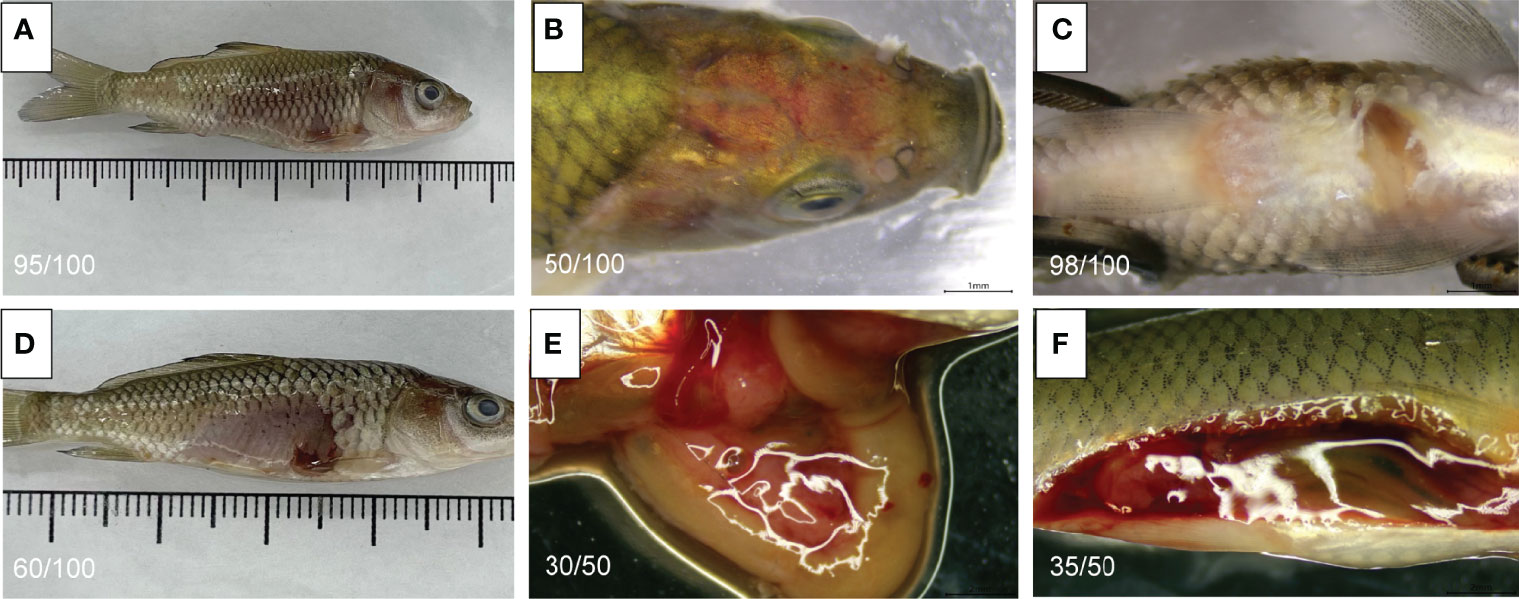
Credit: www.frontiersin.org
Conservation And Ethical Fishing
Fishing for Common Carp is a popular activity worldwide. Many anglers enjoy the challenge and excitement. However, it is important to practice conservation and ethical fishing. This ensures the future of carp populations and the health of aquatic ecosystems. Here, we discuss key aspects such as catch and release, sustainable practices, and legal regulations.
Catch And Release
Catch and release is crucial for carp conservation. It helps maintain fish populations. To do this properly, use barbless hooks. They cause less damage to the fish. Handle the carp gently. Wet your hands before touching it to protect its slime coat. Release the fish quickly back into the water. This reduces stress and increases its chances of survival.
Sustainable Practices
Sustainable fishing practices are vital. Respect local fishing limits and seasons. Overfishing can deplete carp populations. Use eco-friendly gear. Avoid using lead weights. They can pollute water bodies. Dispose of fishing lines properly. They can harm wildlife if left in nature.
Legal Regulations
Legal regulations help protect carp and their habitats. Always check local fishing laws. Obtain the necessary permits before fishing. Some areas may have specific rules for carp fishing. Follow these regulations to avoid fines and contribute to conservation efforts.
Tips From Experienced Anglers
Experienced anglers have a wealth of knowledge about catching Common Carp. Their insights can help you avoid common pitfalls and improve your fishing skills. Here are some invaluable tips they have shared.
Common Mistakes
One common mistake is using the wrong bait. Carp prefer sweet flavors, so using the right bait is crucial. Another mistake is not being patient. Carp are cautious and often take their time before biting.
Ignoring weather conditions is another error. Carp are more active in warm water, so fish on sunny days. Lastly, using the wrong tackle can hinder your success. Use strong, reliable equipment to avoid losing your catch.
Proven Tips
Use sweet corn or boilies as bait. These are favorites among carp. Fish in areas with dense vegetation. Carp often hide in these spots. Also, fish early in the morning or late in the evening. Carp are more active during these times.
Keep your line tight and pay attention to small movements. Carp bites can be subtle. Use a hair rig to present your bait effectively. This rig allows the bait to float naturally.
Personal Stories
John, an experienced angler, once caught a 30-pound carp using sweet corn. He fished early in the morning near some reeds. The carp took the bait after an hour of waiting.
Sarah, another skilled angler, swears by using boilies. She once caught a huge carp in a local lake. She fished during sunset and waited patiently. Her persistence paid off with a prized catch.
Frequently Asked Questions
How Can I Identify A Common Carp?
Common carp have a robust body, barbels on each side of their upper jaw, and a forked tail. Their scales are large, with a metallic sheen.
What Is The Best Bait For Common Carp?
Corn, bread, and boilies are popular baits for common carp. These baits are effective and attract carp easily.
When Is The Best Time To Catch Common Carp?
Early morning and late evening are ideal times. Carp are more active during these cooler periods.
Do Common Carp Prefer Still Or Moving Water?
Common carp thrive in still or slow-moving waters. Lakes, ponds, and slow rivers are their preferred habitats.
Conclusion
Catching common carp can be a rewarding experience for anglers. Remember to use the right bait. Patience is key when fishing for carp. Watch for their unique identifying features. Understanding their habits will increase your success rate. Practice these tips and enjoy your fishing adventures.
Happy fishing!

